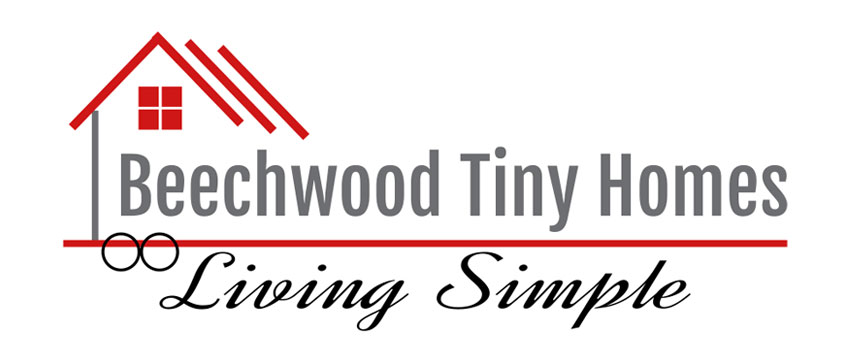“Living simply isn’t always simple.” This statement rings especially true for many tiny home owners. While the idea of downsizing and embracing minimalism has captivated millions, the reality often paints a different picture. According to a report by Trulia, 44% of U.S. adults experience housing regrets, with a significant number wishing they had more space. Let’s delve into the common regrets tiny home owners face and explore actionable solutions for those considering this lifestyle.
Space Limitations: Cramped Quarters, Big Problems
The most obvious challenge of tiny living? Space. Many tiny home owners quickly realize that compact living comes with its own set of frustrations. Insufficient storage, cramped quarters, and the inability to host guests can turn a dream into a struggle.
Actionable Tip: Consider your lifestyle and storage needs before committing to a tiny home. Explore multi-functional furniture and built-in storage solutions to maximize space.
Stairs vs. Ladders: A Climb Too Far
Ladders save space, but their practicality is often questioned. Homeowners frequently regret not opting for stairs, especially when it comes to safety and convenience.
Actionable Tip: If you’re designing your tiny home, prioritize stairs over ladders if you have the room. Safety and ease of use should always come first.
Insurance and Regulations: The Legal Maze
Insuring a tiny home and navigating local regulations can be more complex than expected. Owners often face hurdles in getting proper coverage or legal permission to place their homes.
Actionable Tip: Before building or buying a tiny home, thoroughly research insurance options and local zoning laws. Consult with professionals to avoid costly surprises.
Material Choices: Durability Matters
Not all materials hold up in a tiny home setting. Bamboo countertops and laminate flooring, while affordable, often don’t withstand the wear and tear of everyday life in a tiny space.
Actionable Tip: Invest in high-quality, durable materials that can endure the demands of tiny living. It may cost more upfront but will save money and frustration in the long run.
Lack of Extra Bedrooms: Flexibility is Key
Life changes, and many tiny home owners find themselves wishing for an extra bedroom. Whether it’s for a growing family or a home office, the need for more space can become pressing.
Actionable Tip: If possible, design your tiny home with flexibility in mind. Consider loft spaces or convertible areas that can serve multiple purposes as your needs evolve.
Temperature Control: Staying Comfortable
Poor insulation and inadequate heating or cooling systems are common complaints. Maintaining a comfortable temperature can be tough in a tiny home, especially in extreme weather.
Actionable Tip: Invest in proper insulation and climate control systems. These are non-negotiables for comfort and can significantly enhance your living experience.
Unforeseen Hindrances: Practicality Over Aesthetics
From impractical appliances to awkward furniture, the quest for style often compromises functionality. Tiny home living is all about balance, but when practicality is overlooked, discomfort follows.
Actionable Tip: Prioritize practical, space-saving appliances and furniture that suit your daily routines. Test items before committing to ensure they meet your needs.
DIY Challenges: Know Your Limits
DIY projects appeal to many tiny home enthusiasts, but they can quickly exceed one’s skills. Mistakes in construction or installation often lead to costly repairs.
Actionable Tip: Be honest about your DIY abilities. For complex projects, hire professionals to ensure the job is done right the first time.
Weight and Mobility: Heavy Burdens
Tiny homes are meant to be mobile, but weight restrictions can complicate this. Some owners find their homes are too heavy to move easily, limiting their flexibility.
Actionable Tip: Keep weight in mind during the building process. Opt for lightweight materials and consult with experts to ensure your home remains mobile.
Learning from Experience: Continuous Improvement
Many tiny home owners express a desire to redesign or add features like more windows after moving in. Experience teaches what initial planning often overlooks.
Actionable Tip: Spend time in your tiny home before making permanent changes. Live with the space to understand its strengths and weaknesses, then adjust accordingly.
Final Thoughts
Tiny homes offer a unique lifestyle, but they come with a steep learning curve. By understanding common regrets and taking proactive steps, prospective owners can avoid many pitfalls. Remember, tiny living should enhance your life, not complicate it. Plan wisely, prioritize your needs, and be prepared to adapt—because the dream of simplicity is only as sweet as the reality it creates.
